
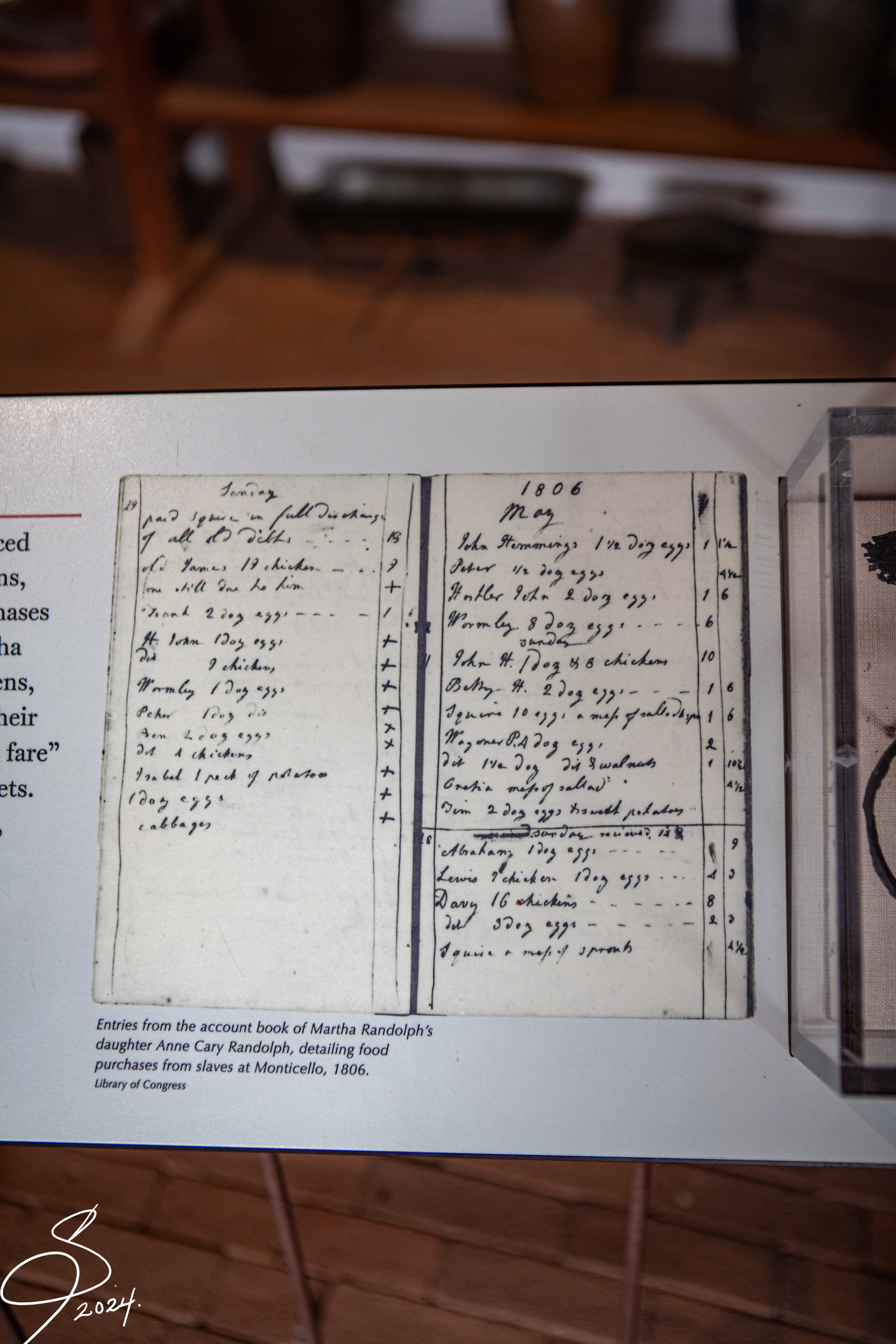
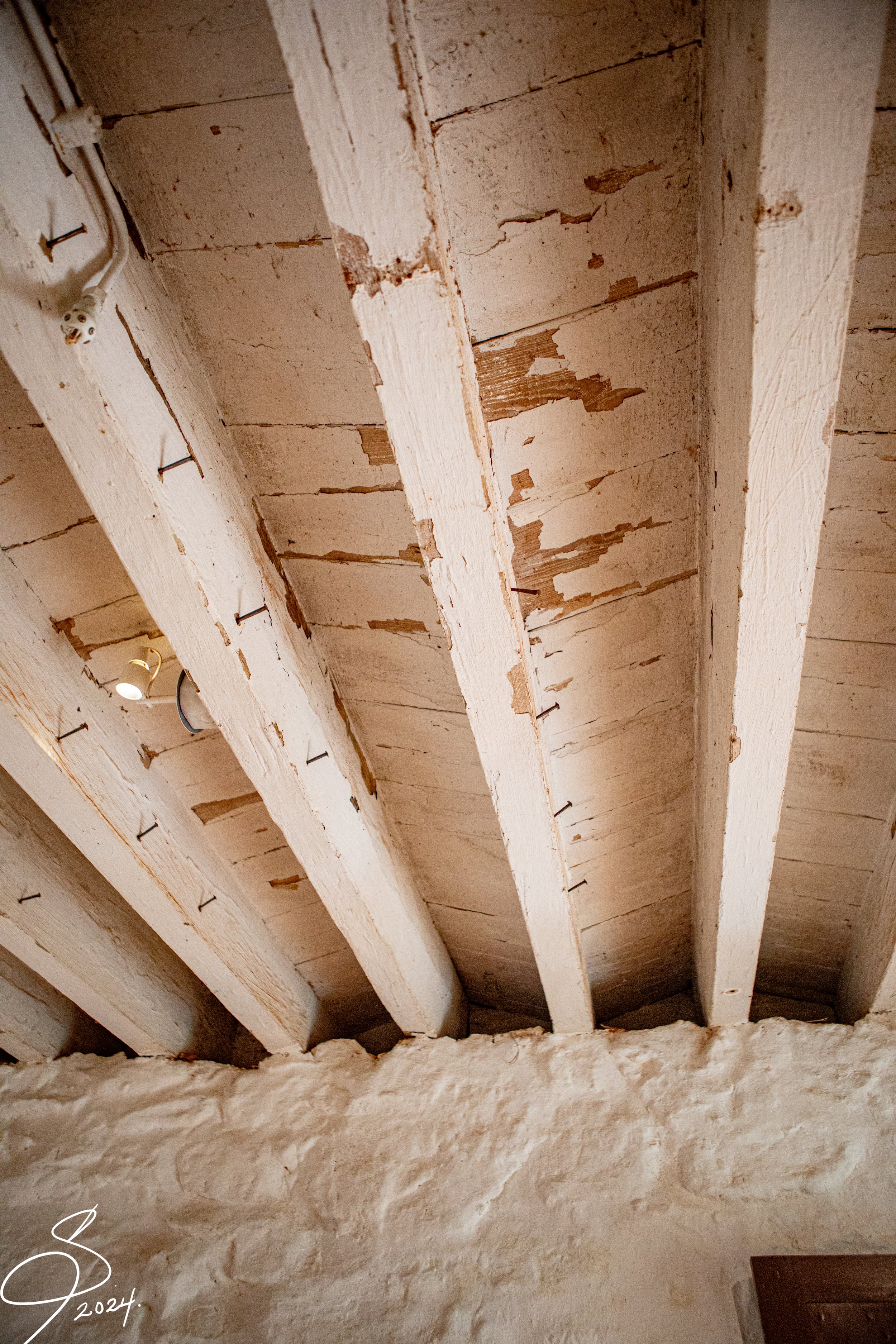
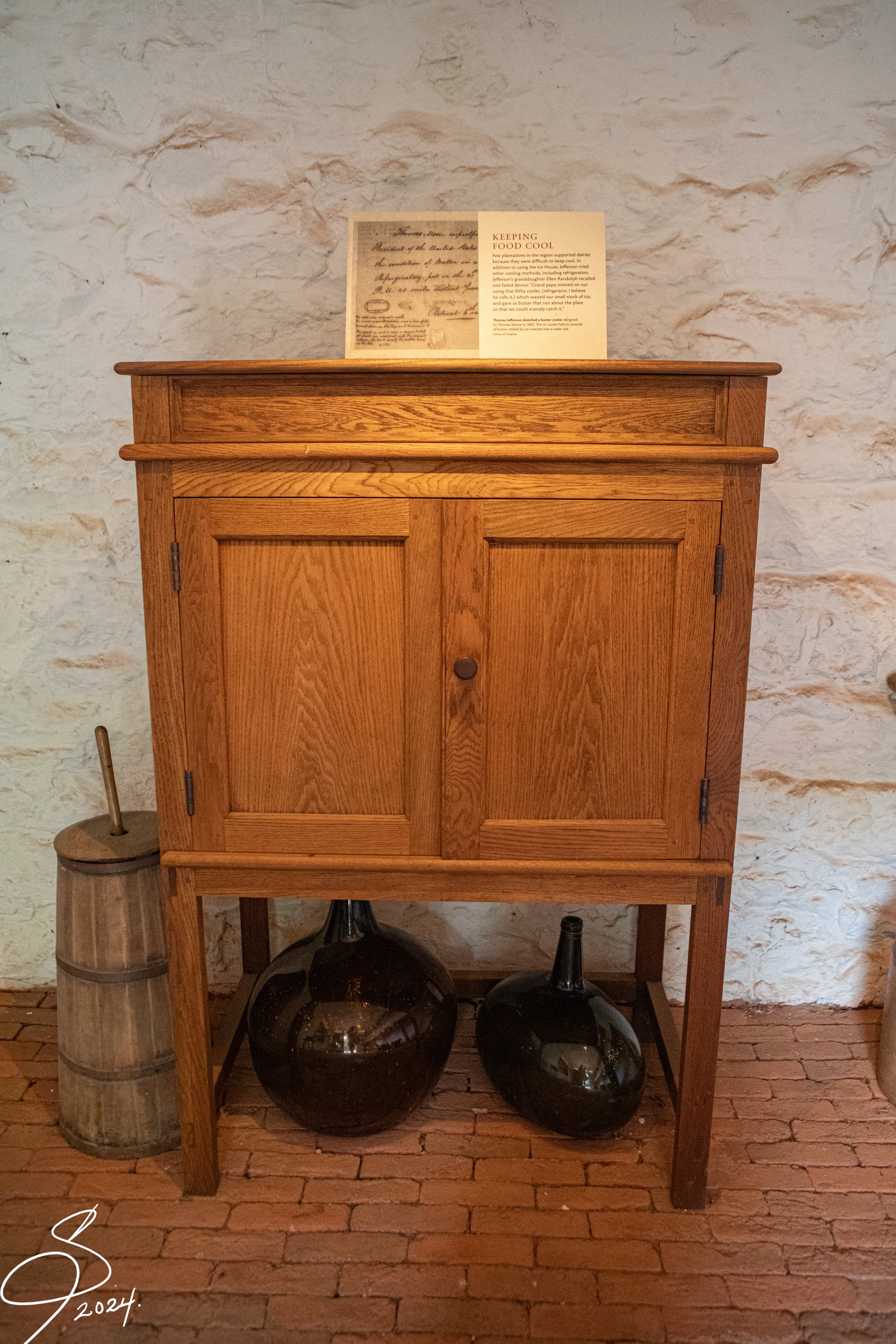
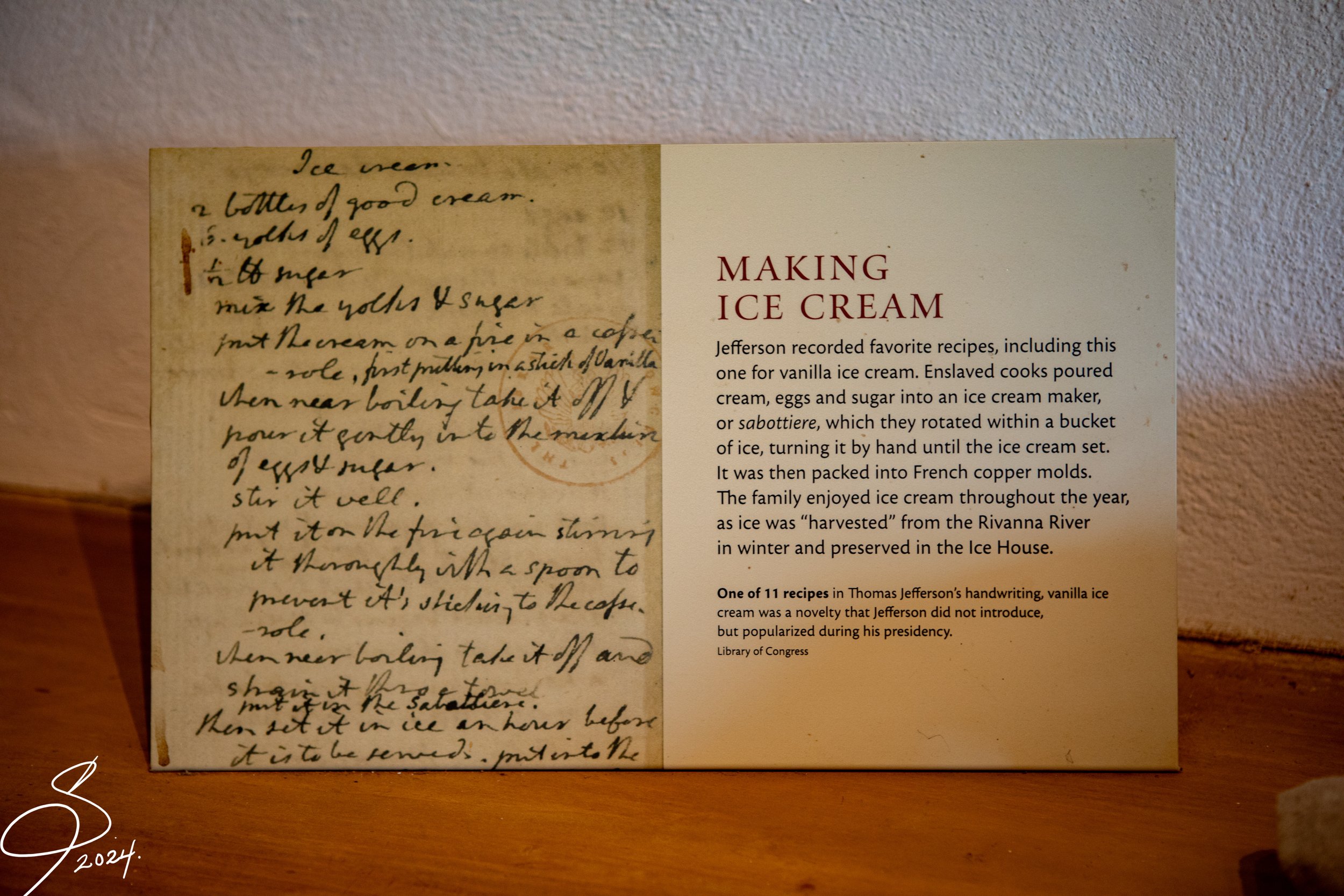
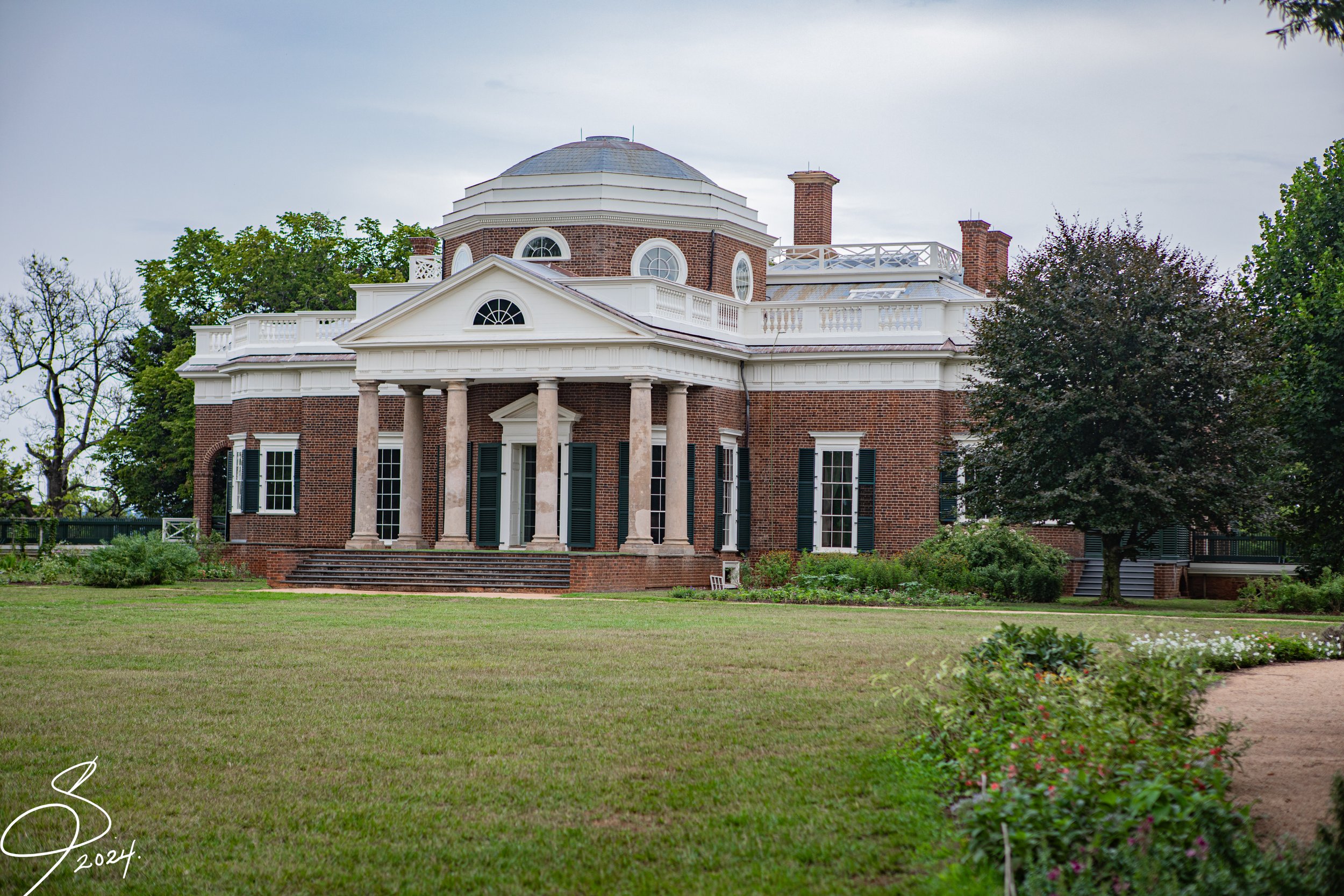
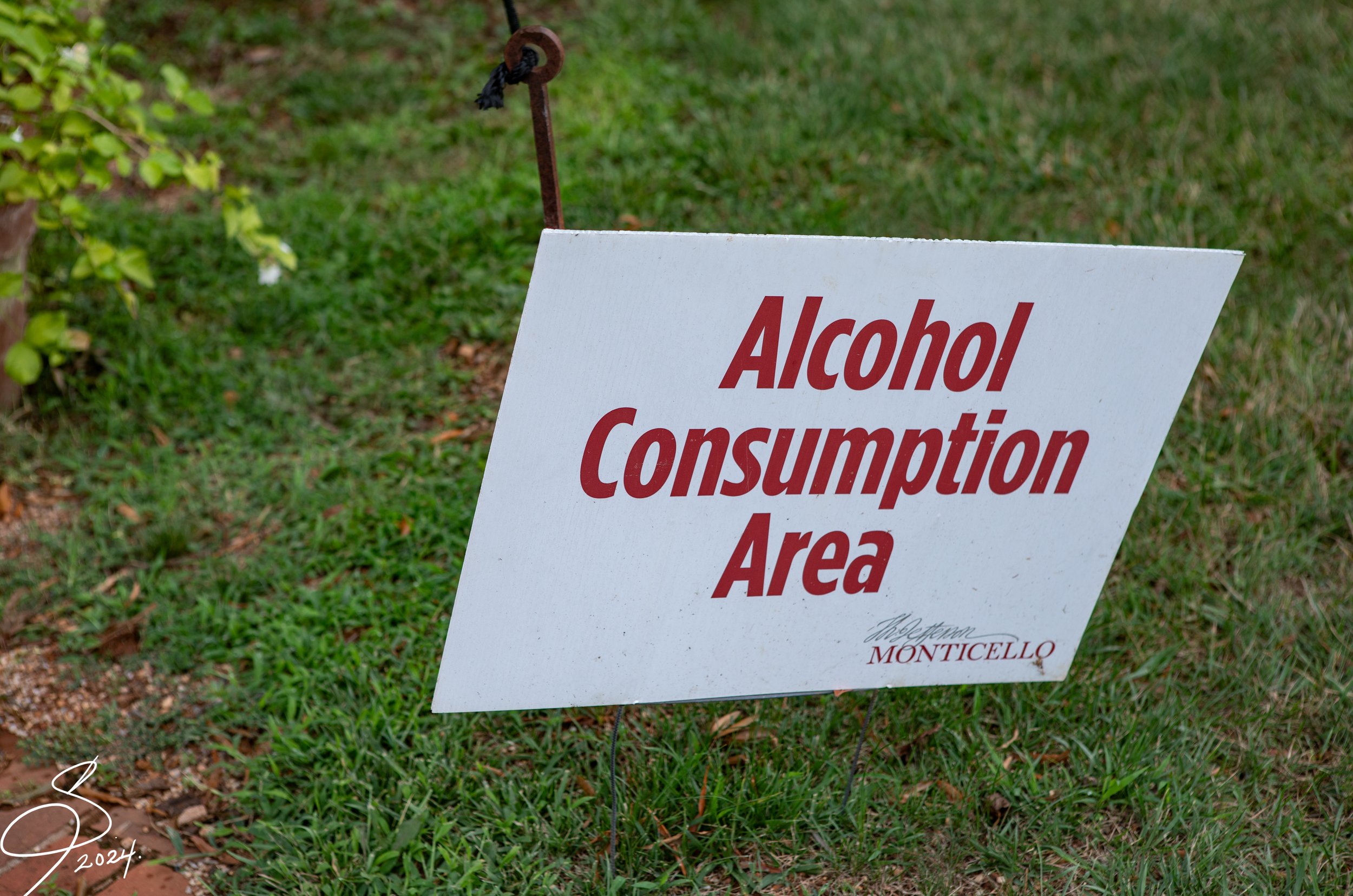
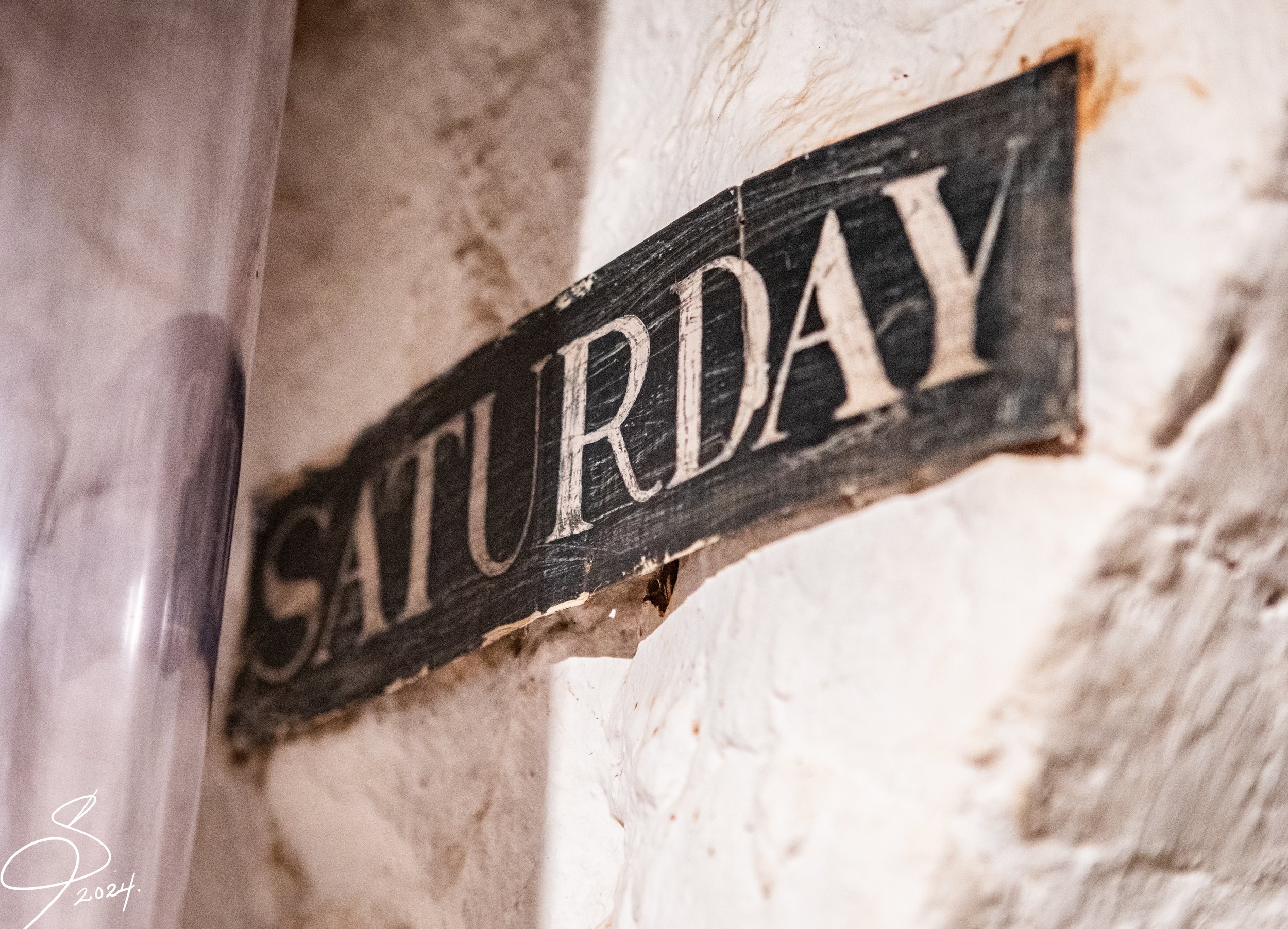
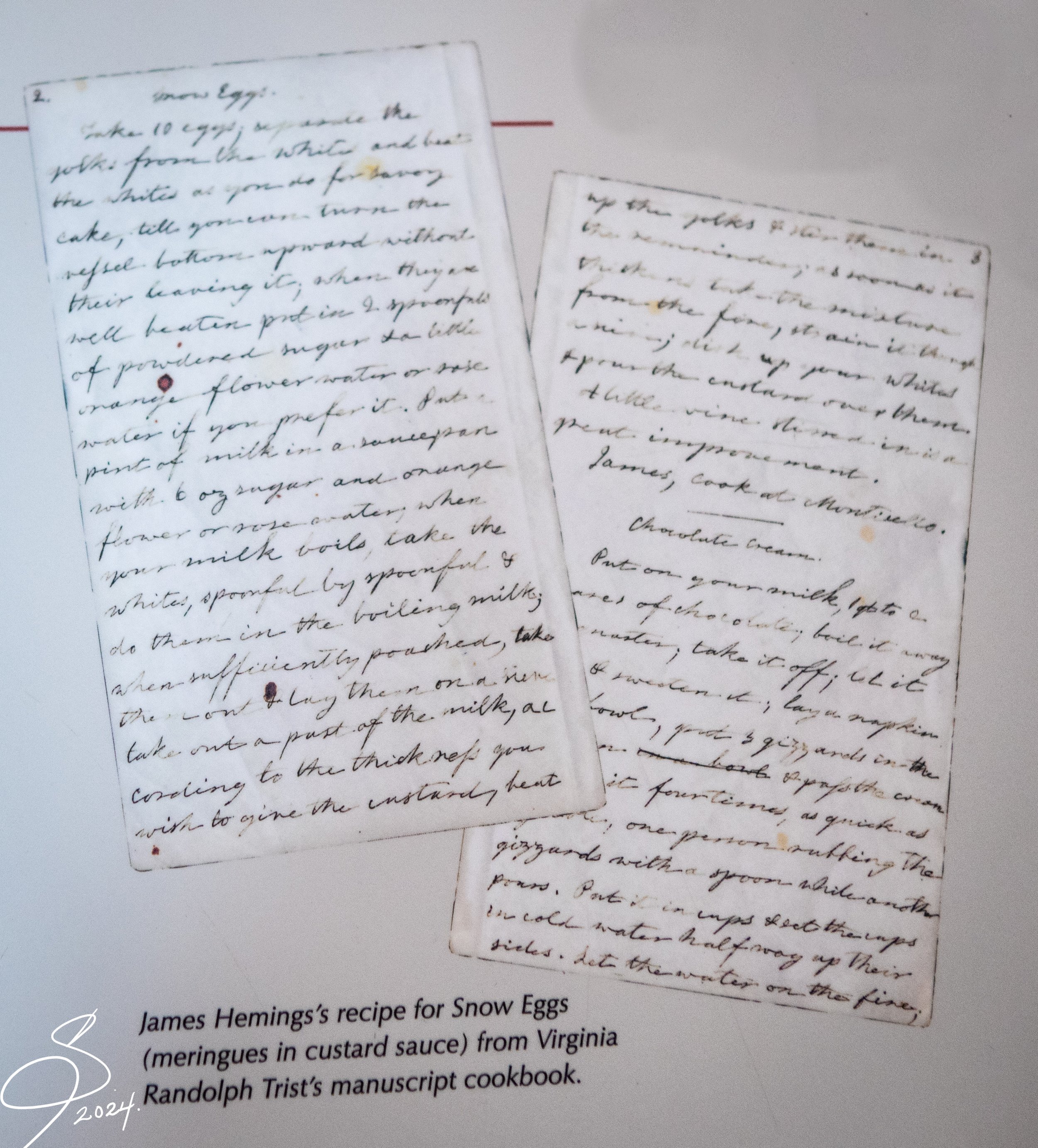
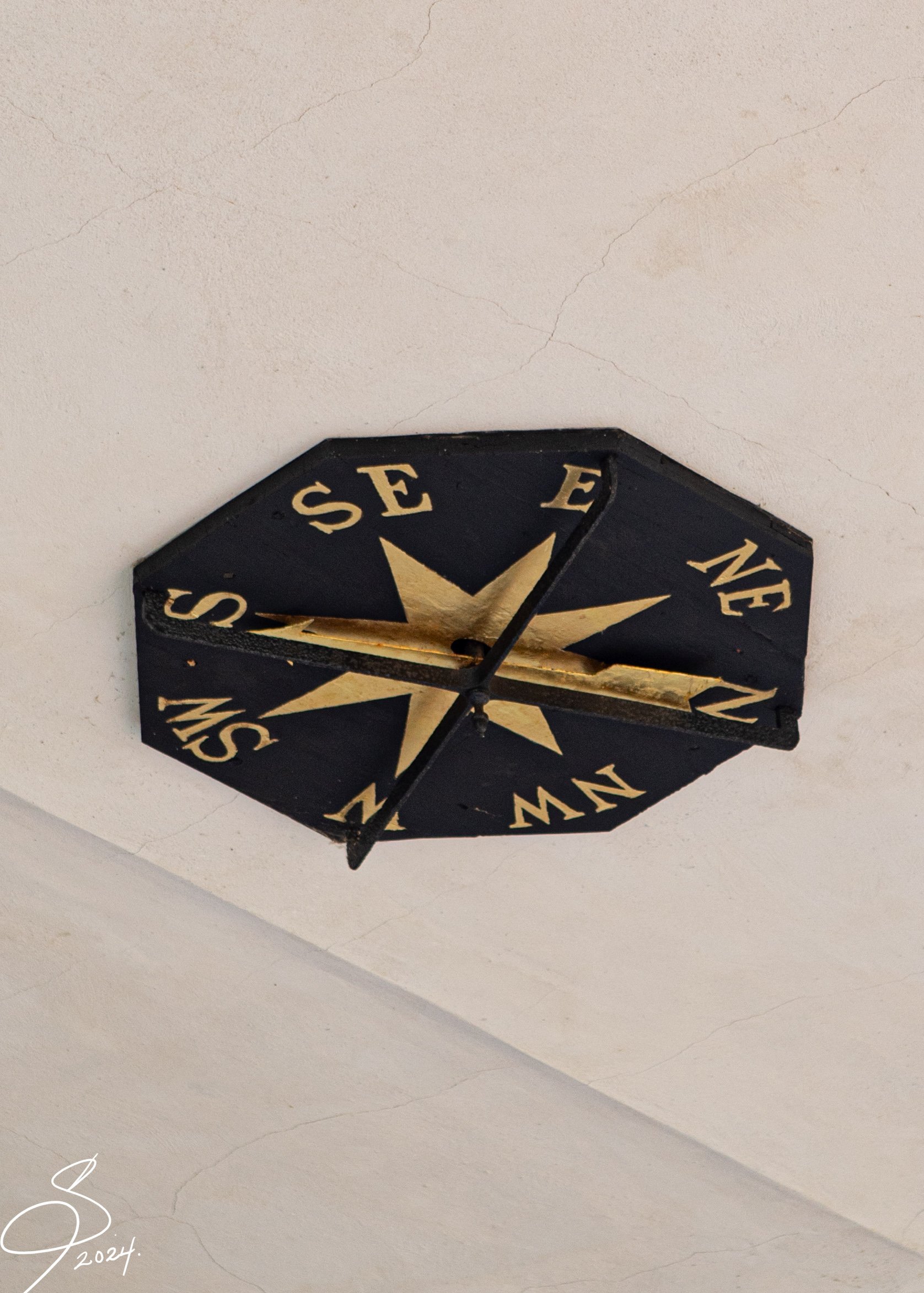
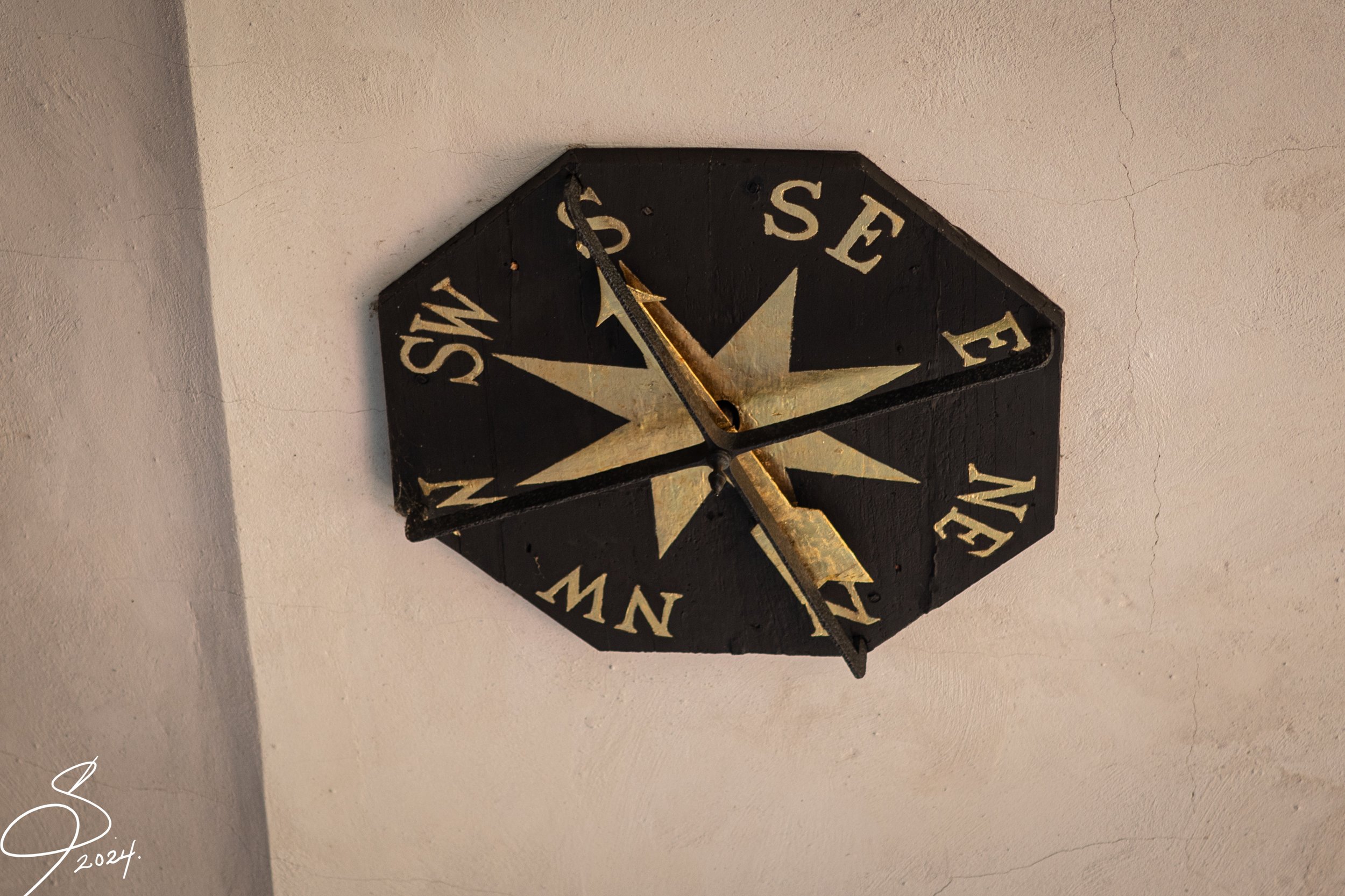
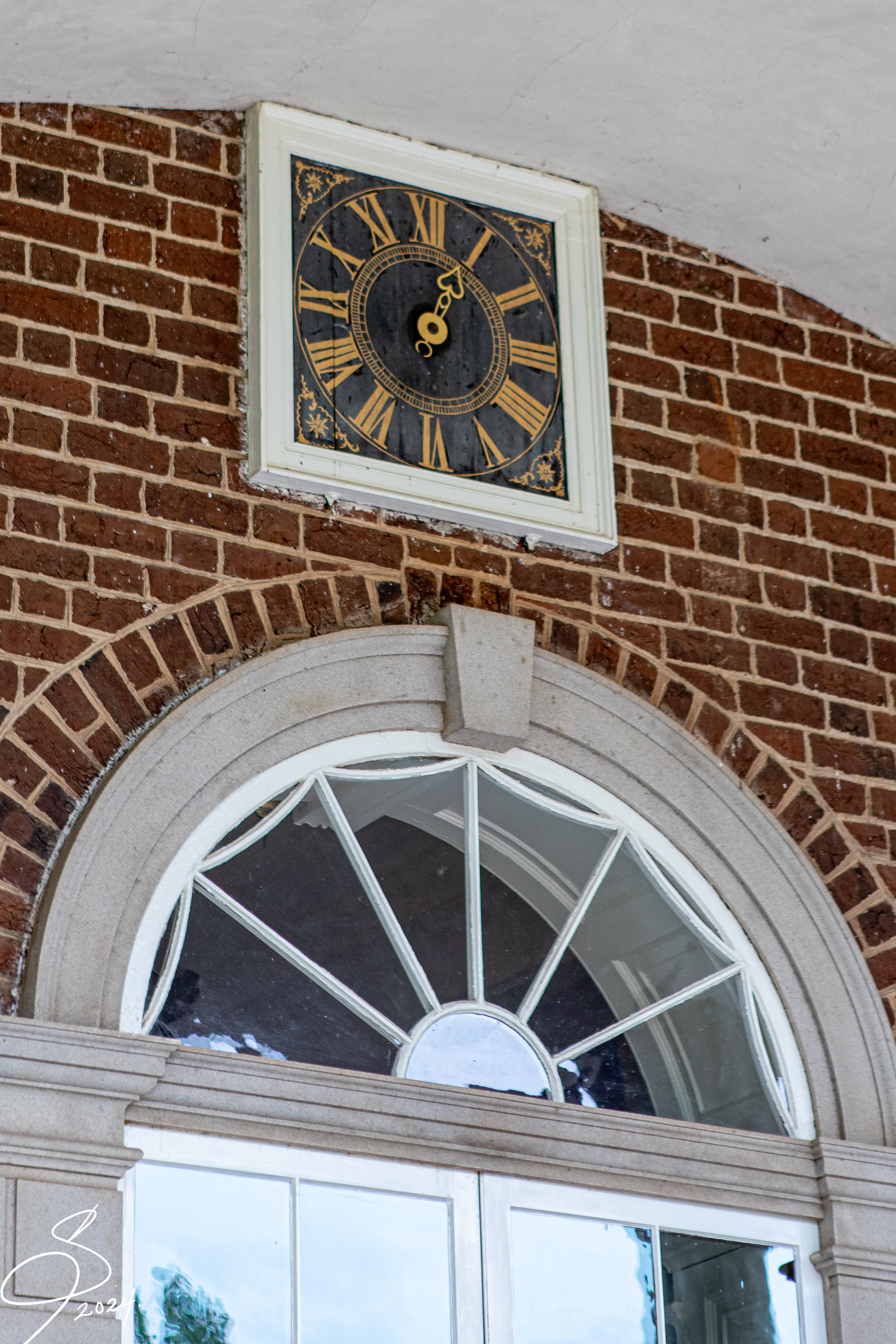
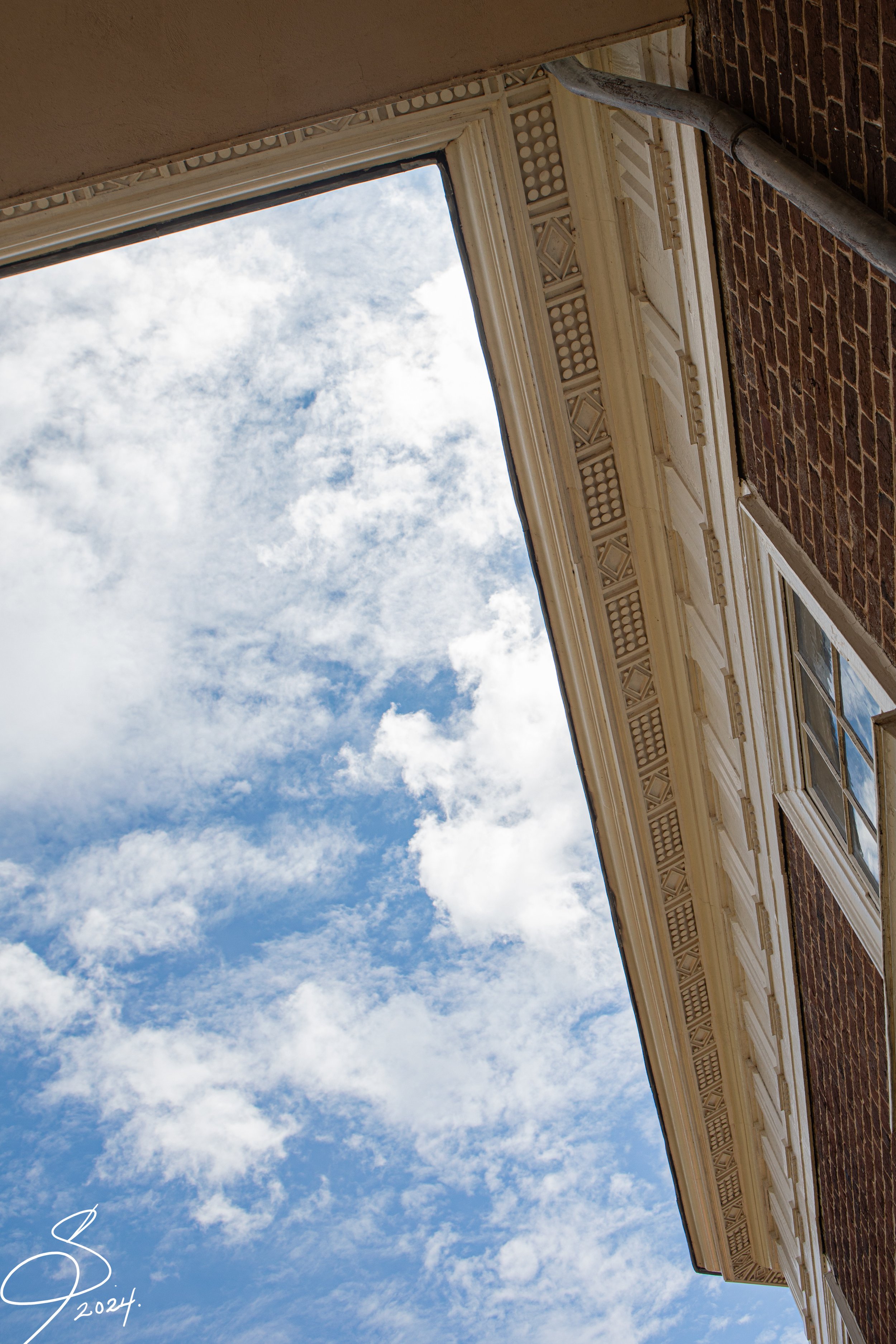

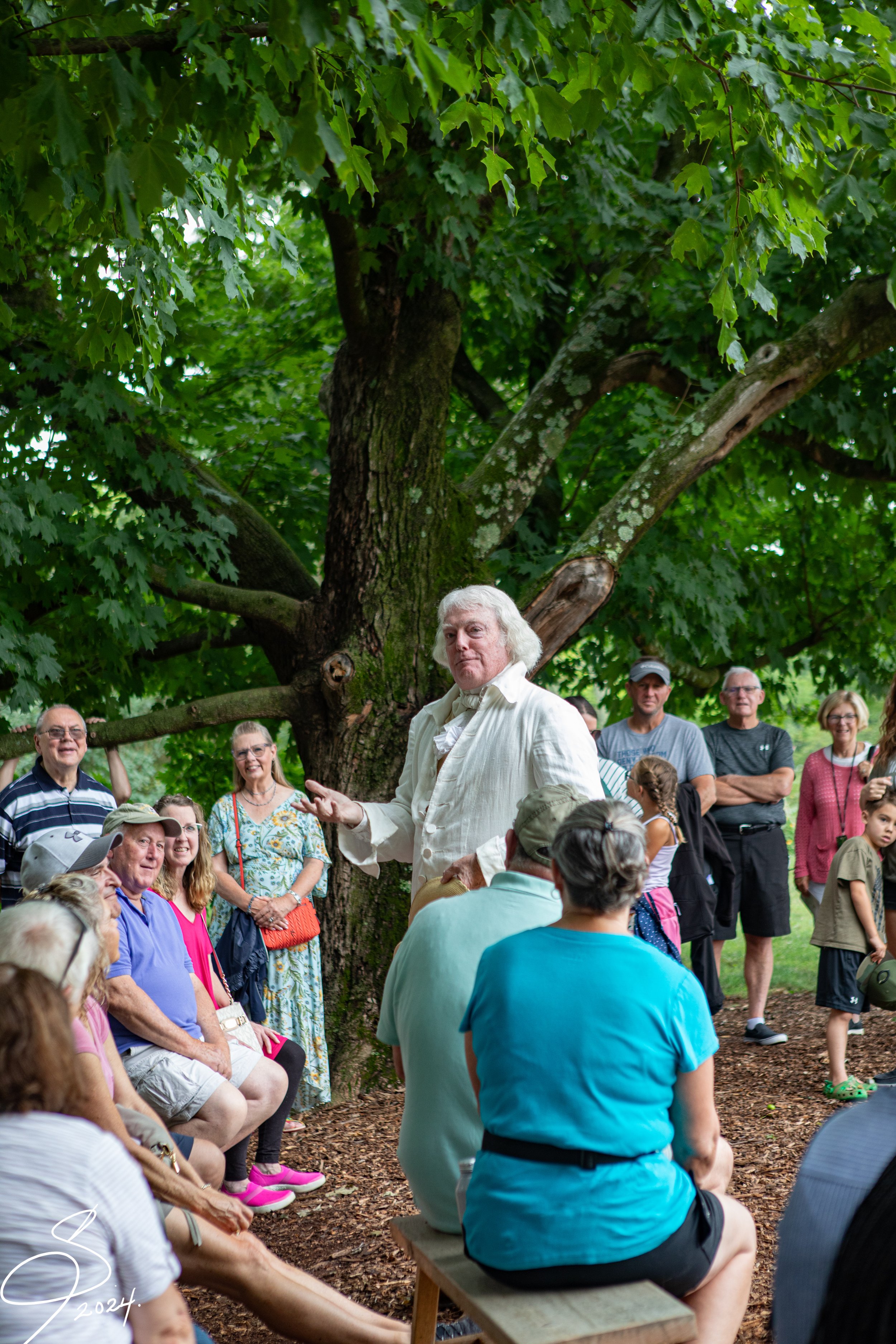
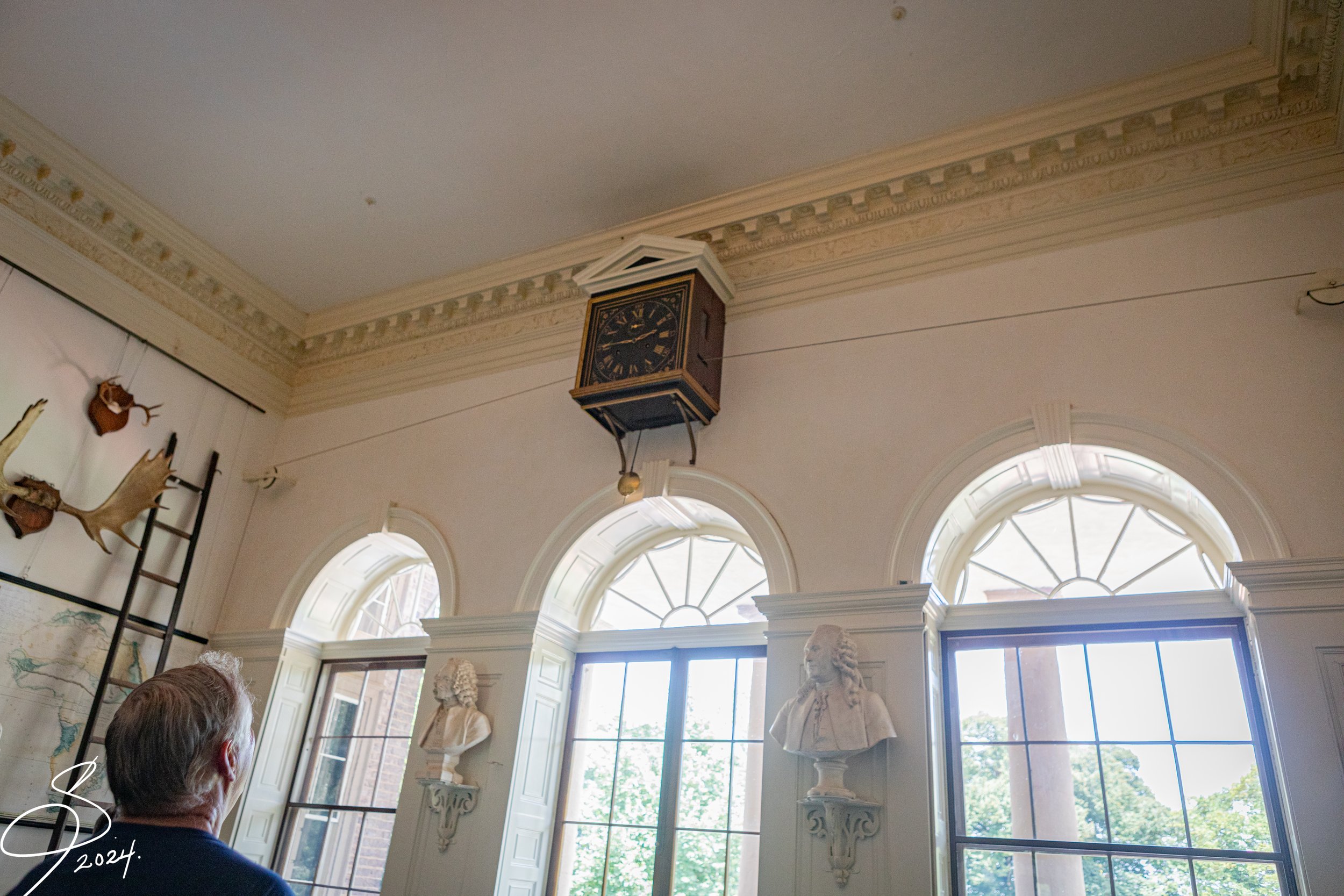
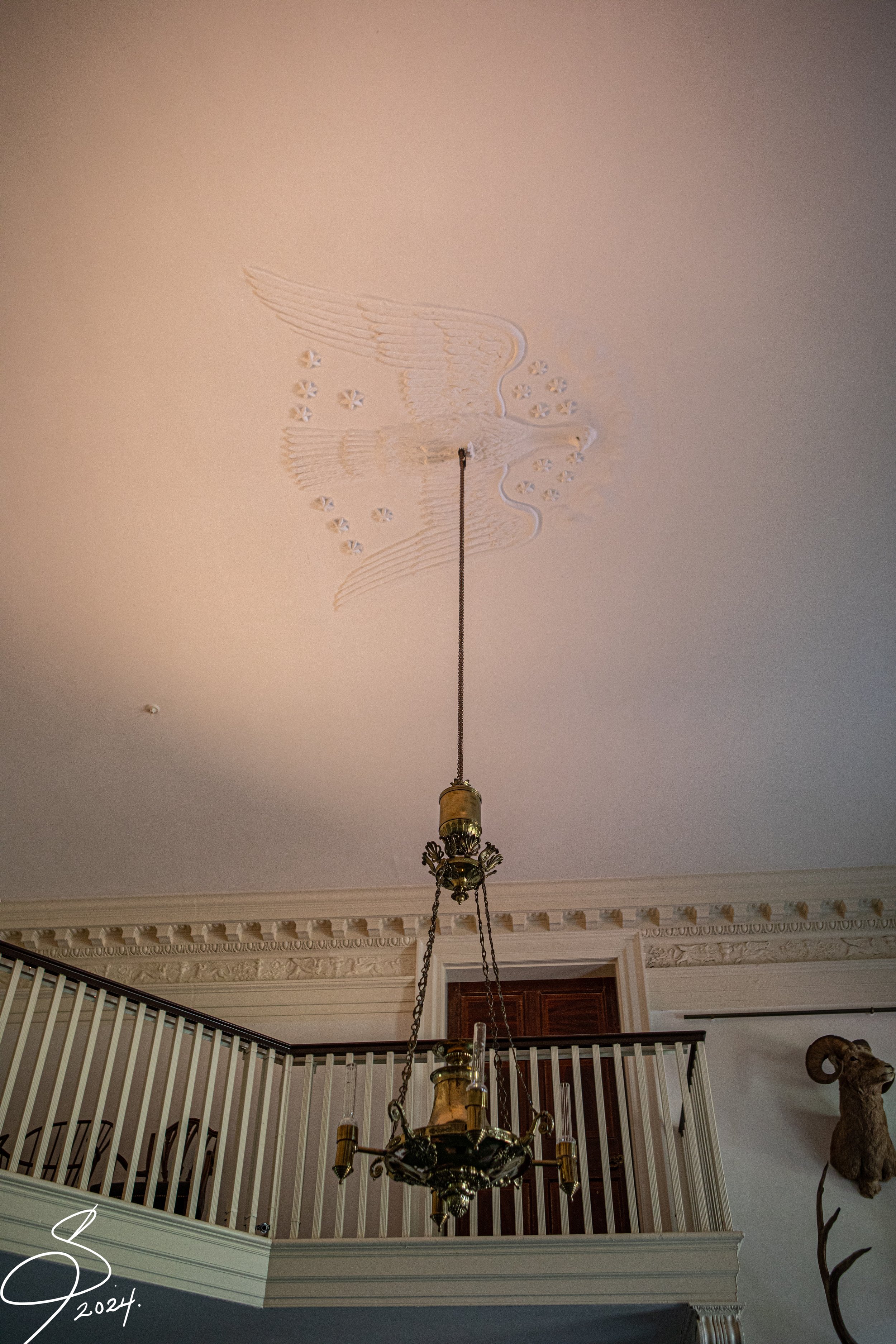
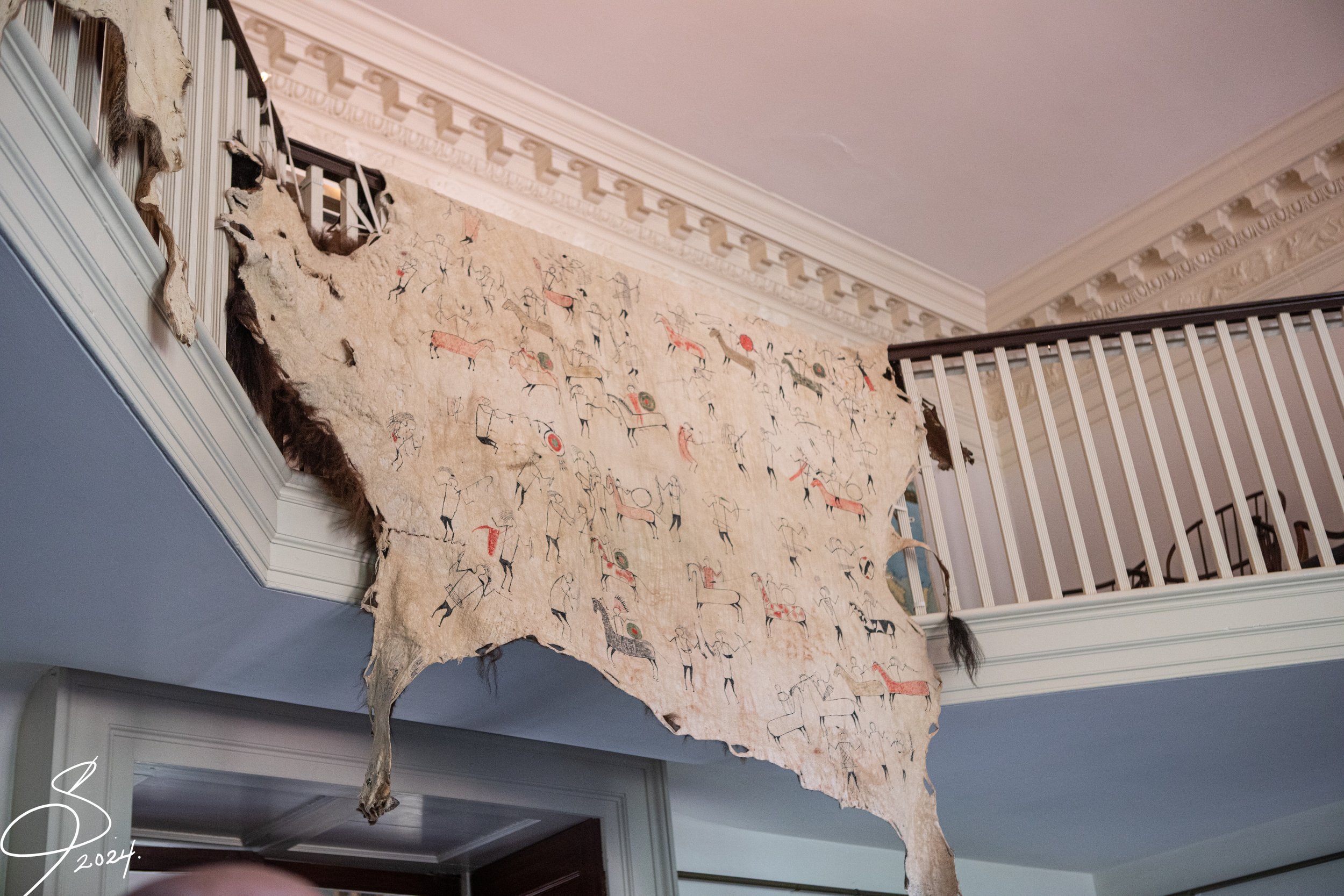
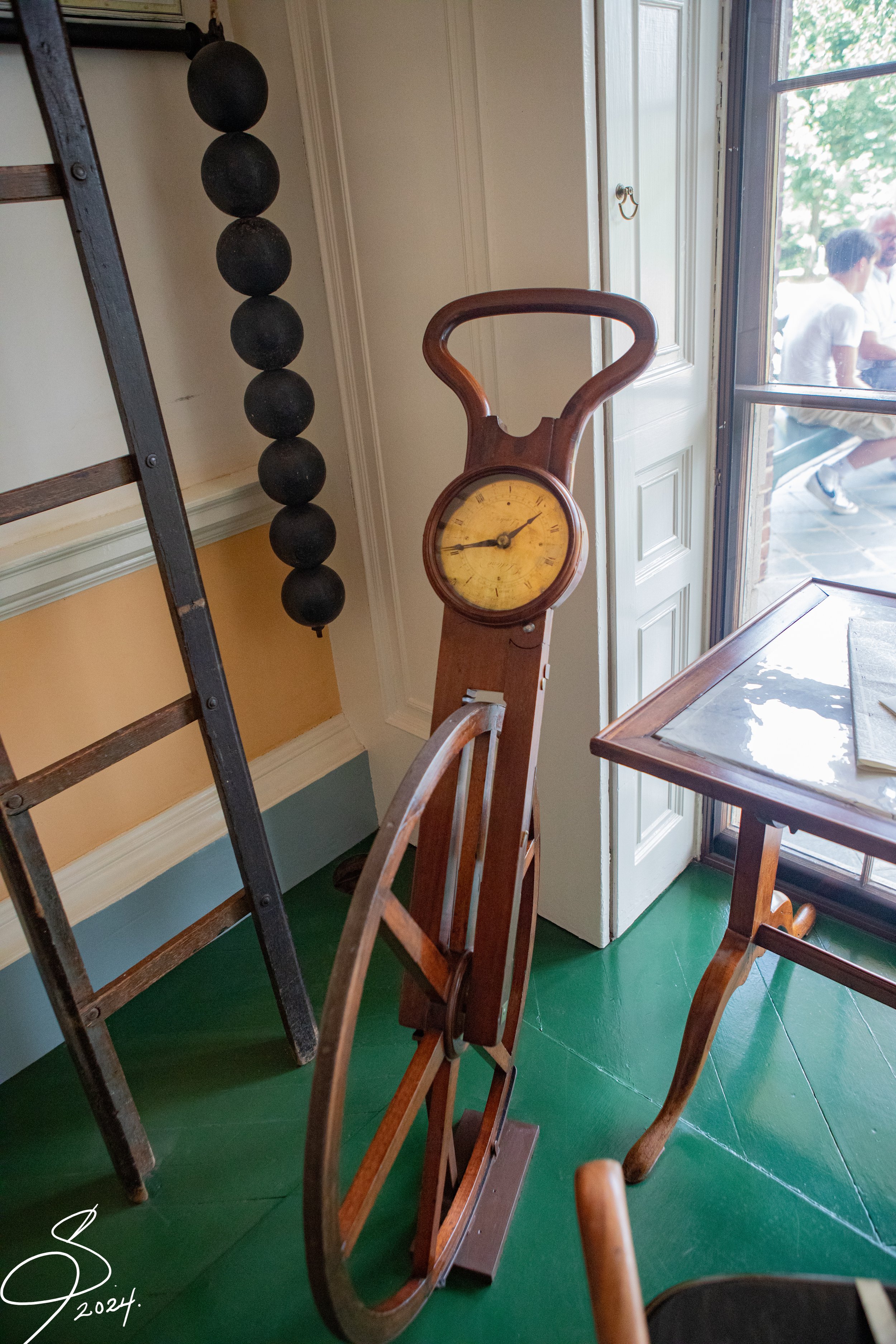
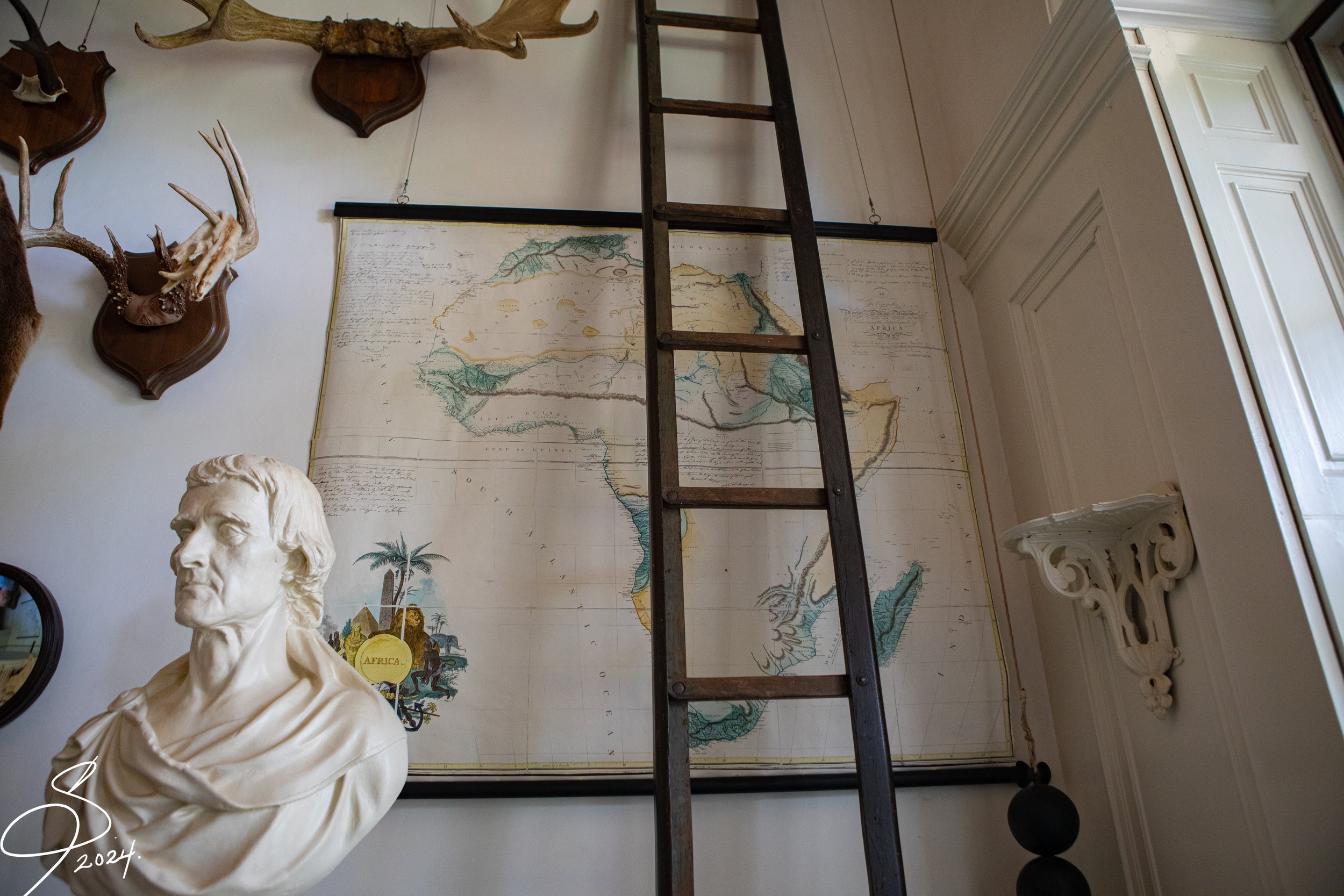
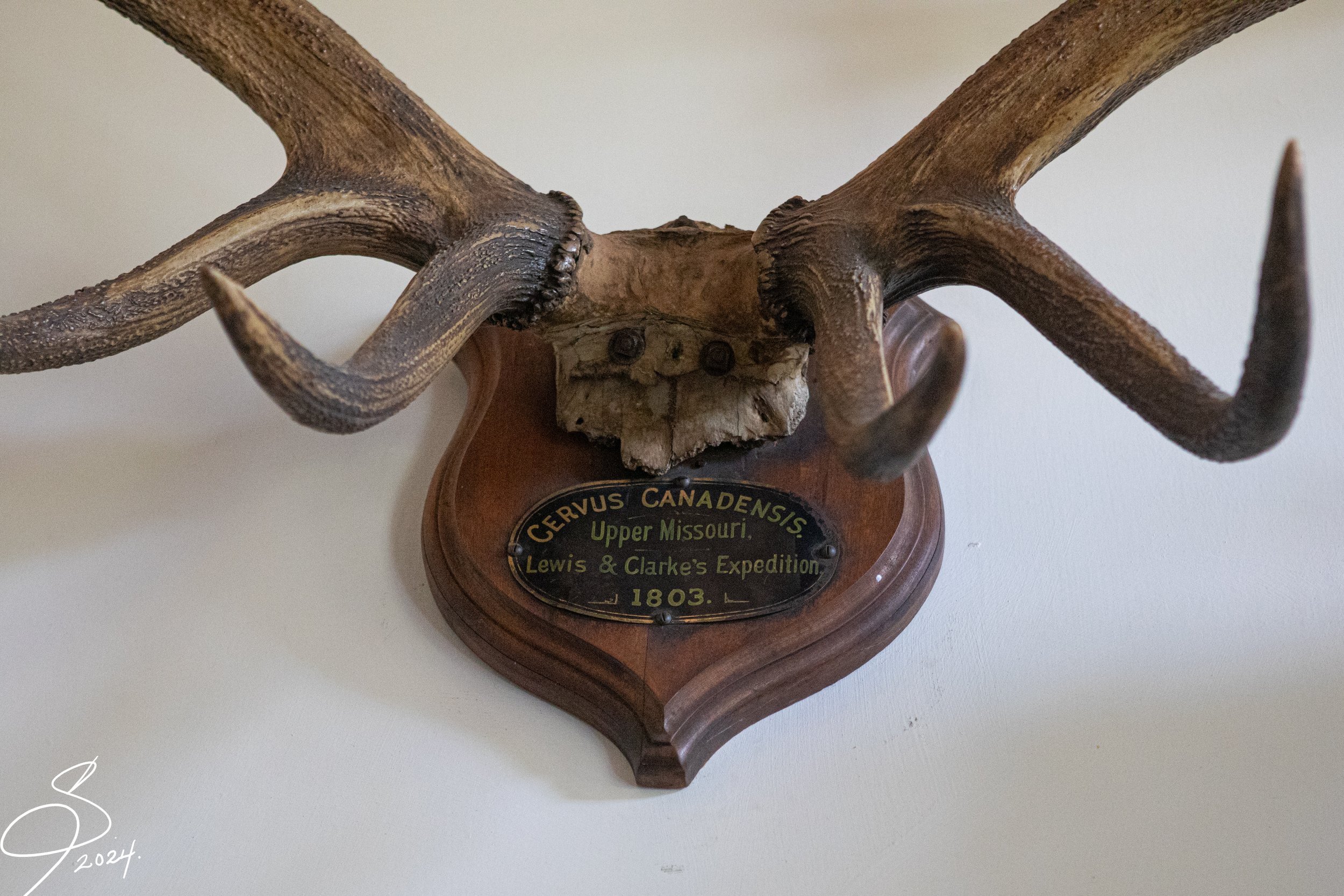
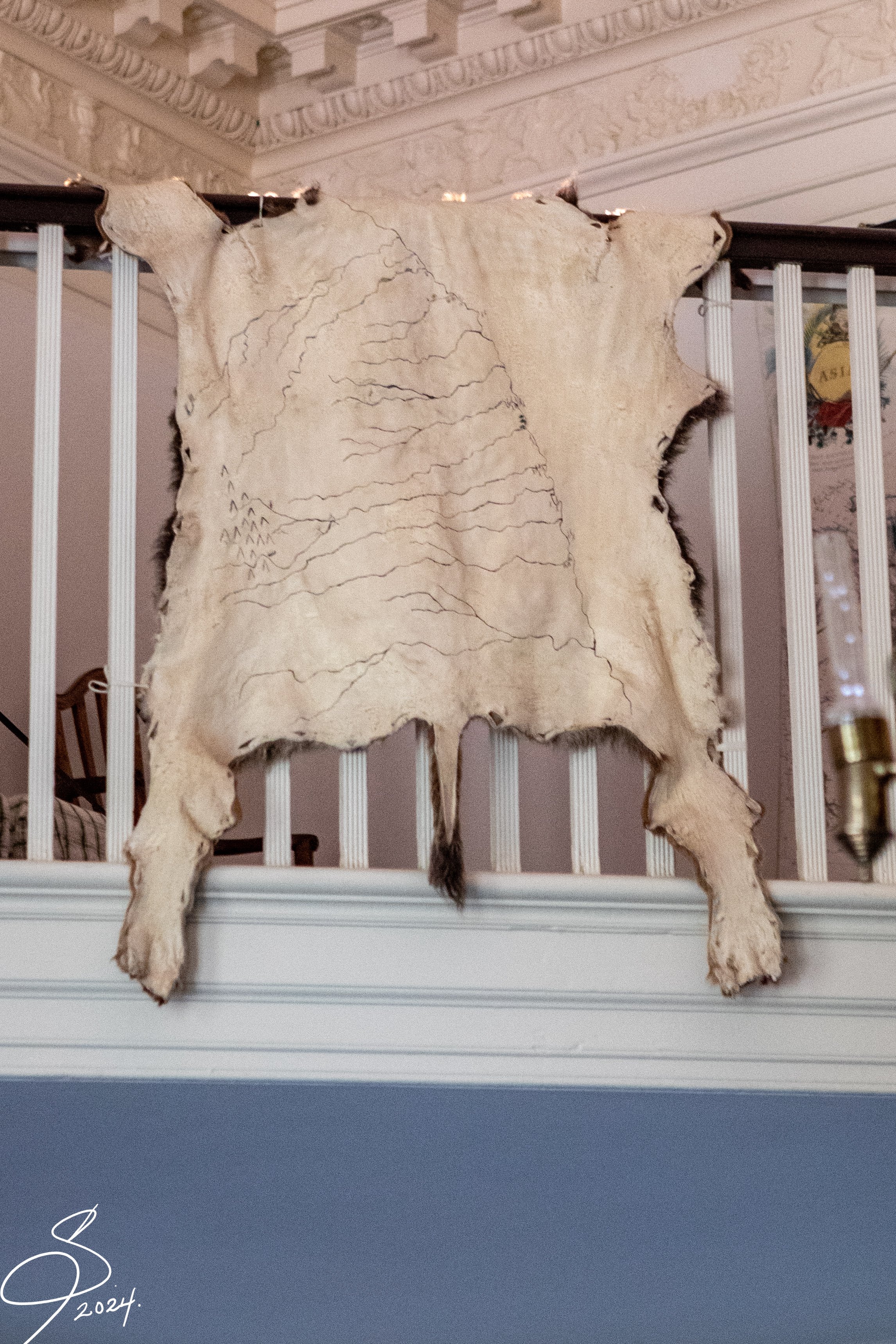


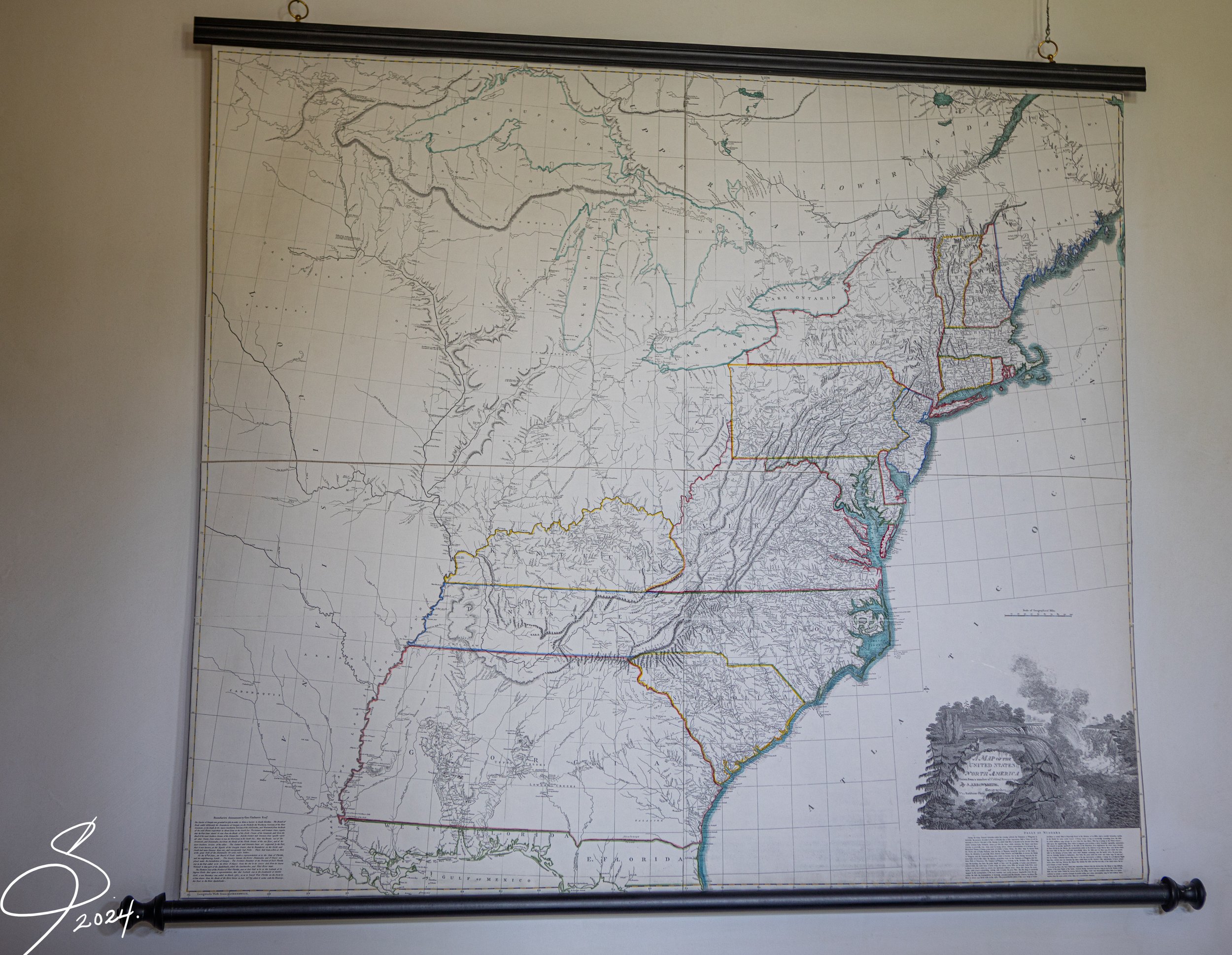

This kitchen at Monticello, the second built at the property and dating to 1809, was state of the art. In particular, the stew (or saute) stove on the left, with 8 individual slots, allowed for direct charcoal heated frypans or pots to be used under carefully controlled heat, giving the chef much more control in preparing delicate sauces and dishes. This stove also had the benefit of not necessitating the chef to bend over a spider pan on the ground of the hearth, saving his or her back!

Many of the enslaved people at Monticello kept large enough crops, chickens and other livestock to produce some surplus foodstuffs that they were then able to sell, sometimes to the household of the plantation they were enslaved to. Anne Cary Randolph, Jefferson's granddaughter, was put in charge of keeping accounts of these kind of transactions when she was 15, as part of her "training" to run her own household when she married.
More information about these specific records can be found at the Library of Congress link below.

Refrigerator, by Thomas Moore, circa 1804.
Thomas Moore (1760-1822) was a cabinetmaker, engineer, and farmer who developed one of the earliest refrigeration devices. Thomas Jefferson commissioned this one from him in 1804.
https://www.monticello.org/research-education/thomas-jefferson-encyclopedia/thomas-moore/

Ice Cream
2 bottles of good cream
6 yolks of eggs
1/2 lb. sugar
Mix the yolks and sugar. Put the yolks and cream on a fire in a casserole, first putting in a stick of Vanilla. When near boiling, take it off and pour it gently into the mixture of eggs and sugar. Stir it well. Put it on the fire again, stirring it thoroughly with a spoon to prevent it's sticking to the casserole. When near boiling take it off and strain it through a towel. Put it in the sorbetière, then set it in ice an hour before it is to be served.

Thomas Jefferson designed his unusual gravity powered Great Clock to hold a prominent place in the entry hall of Monticello. Eager to have it made, he sent the plans to Peter Spruck in 1792. When the clock, arrived and was installed, however, the ropes holding the cannonball weights were longer than the height of the hall's ceilings. To adjust for this, Jefferson had holes for the weights cut into the floor, and the Saturday maker was moved to the basement.

Enslaved Cook James Hemings's recipe for Snow Eggs (Oeufs à la neige), as recorded by Virginia Jefferson Trist, Thomas Jefferson's granddaughter.
For more information about this manuscript, please see the link below.
https://www.manuscriptcookbookssurvey.org/collection/Detail/manuscripts/1278

The positioning of this compass rose and made it possible to determine the wind direction by looking out the window of windows in the Entrance Hall, the North Square Room or the South Square Room, removing any need to go outside in cold or inclement weather.
https://www.monticello.org/research-education/thomas-jefferson-encyclopedia/weathervane/

More about the Great Clock here: https://www.monticello.org/research-education/thomas-jefferson-encyclopedia/great-clock/
About the bust of Voltaire, after a 1778 original: https://www.monticello.org/research-education/thomas-jefferson-encyclopedia/voltaire-bust-sculpture/
About the bust of Turgot, also after a 1778 original : https://www.monticello.org/research-education/thomas-jefferson-encyclopedia/turgot-bust-sculpture/